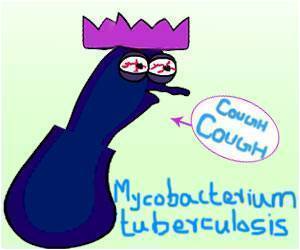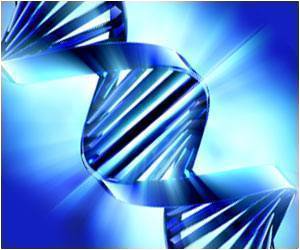Mysterious movement disorder in some children can have many attacks each day in which they inexplicably make sudden movements or sudden changes in their pace while moving.

"People with this disorder look and feel normal," said Louis Ptáček of the University of California, San Francisco. "They might be sitting there, get up to go to the kitchen, and start writhing for five or ten seconds."
Any time they transition from one thing to another—sitting to standing, walking to running—they might suffer an attack. "Sometimes they will experience an attack even if they think about moving," he added. "It's always been completely fascinating to me."
Louis Ptáček has a personal connection to the condition, known as paroxysmal kinesigenic dyskinesia (PKD): he made his first diagnosis as a medical student. He recalls that people suspected that first patient's symptoms were all in his head. "They thought he was crazy," Louis Ptáček said.
PKD can also be associated with brain tumors or other structural problems in the brain, he explained, but those with the inherited form of the disease suffer the same abnormalities in movement even as their brains appear perfectly normal. When Louis Ptáček read about the condition in the library late at night those many years ago, he knew he had found a diagnosis. He got that first patient the medication he needed, essentially curing him. It was part of what made Louis Ptáček decide to continue on in neurology, and he never forgot it.
In the new study, Ptáček's team sequenced the genomes of six people from families with well-defined PKD, finding that nearly all of those individuals carried one mutation or another in the gene PRRT2 (proline-rich transmembrane protein 2). Similar mutations in that gene also turned up in many individuals from a second group of families with the disorder.
Advertisement
PKD responds to treatment with drugs that target ion channels with links to epilepsy. As a result, scientists had suspected that PKD was a "channelopathy." The new findings refute that notion, but "it's all connected," Louis Ptáček says. The defects that his team has uncovered in PRRT2 likely do influence the function of those channels that are so critical for the delivery of nerve messages.
Advertisement
Source-Eurekalert









